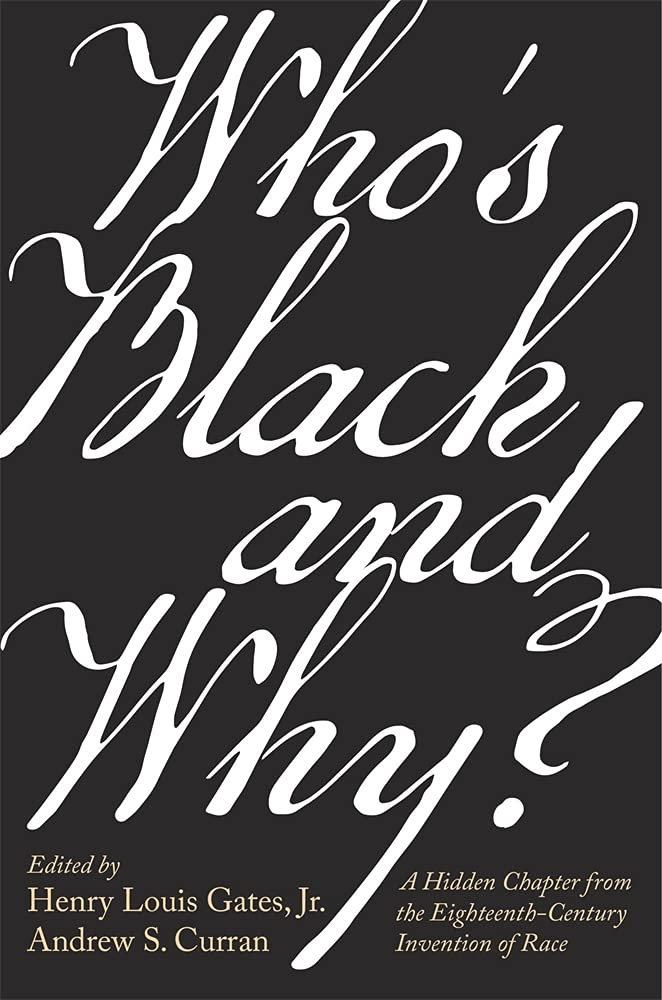Like all ideas, race has a history. There was a time before it. In turn conceptions of it have shifted over time, and it has been charged with different meanings in different settings. In the past decade or so, some of the most vital and original studies in the history of race have been produced by scholars of medieval and Renaissance Europe. Scholars like Geraldine Heng, M. Lindsay Kaplan, Cord Whitaker, and Noémie Ndiaye have worked to uncover old patterns of bias and hatred against peoples whose difference was perceived to be collective, innate, and in some sense permanent. These scholars have put pressure upon the conventional account that holds that the earliest origins of race are to be found in 18th-century European culture.
But even those scholars who have aimed to extend the history of race further back in time have never denied that some momentous shift took place in the period of the Enlightenment. It is this shift that most interests Gates and Curran, and they are correct in their claim to have located a novel point of access into what they refer to in their title as “the 18th-century invention of race.”
In 18th-century European culture, race was articulated in the first instance as a principle of classification. It was developed in the course of efforts to bring the variety of human life within a simple and stable scheme. In order to appreciate why such a scheme was understood to be so important, one needs only to scan the geographical literature of the Renaissance and early-modern period. The descriptions of the world from this time — like the atlases, histories, and travel narratives from which they were drawn — are a mess, if the reader will permit a technical term. They are immense, multivolume monuments to two distinct perceptions. On the one hand, such works record an almost infinite number of discrete human communities. On the other hand, they assume that all the peoples of the world are descended from the single act of creation described in Genesis. (God “hath made of one blood all nations of men,” Paul explains in Acts.) Often the first perception is taken as evidence of the second: The variety of the creation is seen to attest to the limitless power and fecundity of the creator.
The promise of race, in this context, was order, that favored value of Enlightened minds. To believe that the peoples of the world could be divided upon the basis of race was to hold that there were not many hundreds of human kinds and that perhaps it was not so important to insist that they were all one. Rather there were a few of them; you could count them on your hand.
